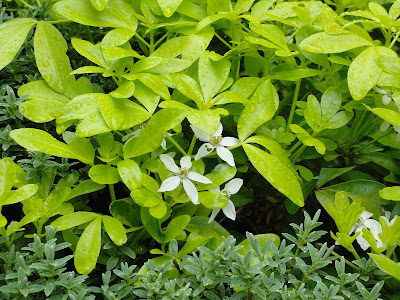What to do in your garden in November
·
Plant spring
bulbs, especially Tulip bulbs
·
Plant out spring
bedding, such as wallflowers and forget-me-not's
·
Start to plant
bareroot roses but not in locations where roses have previously been growing as
the new roses may then suffer from replant disease
·
Plant heathers,
grasses and trailing ivy for winter colour
·
Remove any fallen
leaves from the base of roses to reduce the chance of disease
·
Cut back the
yellowing foliage of herbaceous perennials, and lift and divide overcrowded
clumps
·
Move deciduous
trees and shrubs whilst they are dormant but only if they are less than two
years old. (You may not be able to remove enough intact rootball for the plants
survival if it is older than this)
·
Prune deciduous
trees and shrubs
·
Mulch your borders
to protect plants and reduce weeds
·
Tie wall climbers
and shrubs to their supports to protect them from wind damage
Information provided by www.thompson-morgan.com and www.rhs.org.uk

























